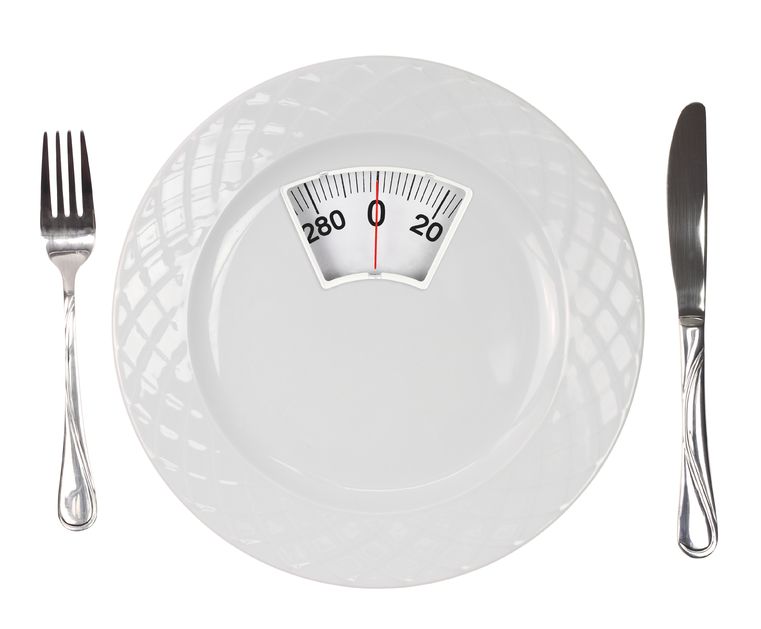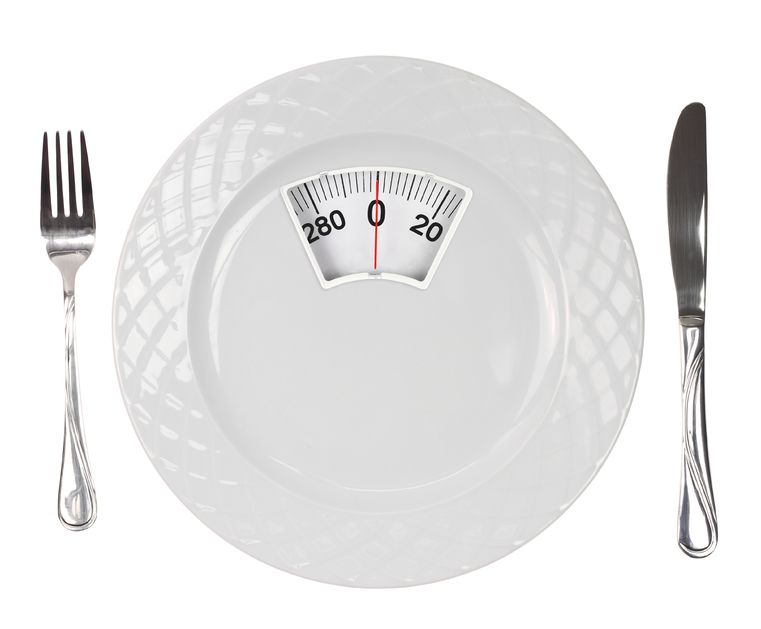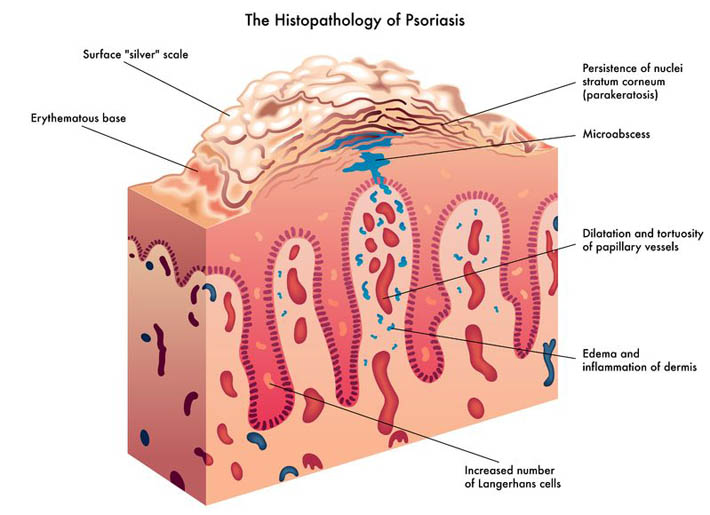Health Effects of Proper Breathing Techniques
Be honest, how often do you notice and pay attention to your breathing? A couple times a day, once a week, once a month... maybe never? Many of us are doing our best to get healthy by eating plenty of fruits and vegetables, lean proteins sources, and healthy fats as well as exercising, and trying to reduce our stress, but often the same can't be said of breathing. While it's something we all do, every day, without much thought, taking the time to focus on our breathing, an essential function that many of us take for granted, is one of the most important contributors to your good health. In this article, we'll discuss the process of focused diaphragmatic breathing, explore the health benefits, and discuss a process you can try to get started with health breathing techniques. Your Naturopathic doctor can act as a guide or support mechanism in helping you improve this aspect of your health.

Breathing is required by every living creature. For us humans, air (oxygen) is inhaled from the atmosphere, which passes down your trachea (throat), into your lungs (via left and right bronchi), through the smaller branches of the lungs (bronchioles, alveoli) and finally gets into your bloodstream, to be carried by your red blood cells (RBC) to the rest of your body and brain. This process is known as respiration or the pulmonary system.
While the lungs themselves are the main organ of air exchange it couldn't do its important job without the muscle known as the diaphragm. Separating your heart and lungs from your abdominal organs (stomach, intestines, liver, gallbladder, spleen, etc), when this dome shaped muscle of respiration stretches and contracts it helps your lungs expand and shrink, permitting inhalation (breathing in) and exhalation (breathing out), essential for every breath you take. As we'll discuss, this is why it's important to ensure that the muscles around the lungs (ideally everywhere in the body) are healthy, moving well, and not feeling restricted or limited.
For the most part breathing is an unconscious reflex that takes no effort on our own part. However, we do have some voluntary control over this vital function and when we take the time to focus on our breathing we can reduce our stress, reduce anxiety and even alleviate depression (1). This is rather impressive when you consider that it requires no external inputs like medication or supplements and can be entirely managed from within. It's a bonus that it costs nothing to try, even if you find it's not a good fit.
Diaphragmatic breathing is a conscious effort to breathe more efficiently by engaging the diaphragm which helps to lessen stress, improve lung capacity, and can even increase insulin, decrease glucose in the blood and reduce reactive oxygen species production (2, 3, 4). What does that mean exactly? What it really tells us is that our breathing habits can be directly related to our health outcomes. That means if we actually make an effort to get better at it or improve it, even incrementally, we can start to experience beneficial health outcomes.
Poor posture, pregnancy and excess abdominal fat can reduce diaphragmatic movement, leading to limited lung expansion and impairing your ability to breathe and if you're one of the many who underutilizes your diaphragm during breathing it might be time to start refocusing your healthy efforts on this simple, yet important physiological process.
Deep belly breathing starts with proper posture and includes the following 9 steps, which I hope will have you breathing your way to health and wellness. So get comfortable, it's time to exchange some oxygen.
9 Steps to Deep Belly Breathing to Start Today:
- Sit up tall with a comfortable posture (avoid slouching or leaning against a back rest). This will ensure maximum lung expansion.
- Relax your muscles and close your eyes as this will help you to engage your parasympathetic nervous system and help you focus more intently on your breathing.
- Slowly inhale through your nose and feel your lungs expand outward.
- Feel your diaphragm shift down. You'll know this is happening as your belly will expand.
- Hold the inhale for a moment.
- Begin a slow exhale through your nostrils or mouth.
- Feel the air escape from your belly.
- As your diaphragm shifts upwards you can feel your lungs deflate.
- Force the last bits of residual air out of your lungs (tighten your belly and diaphragm) before starting the next inhalation.
That's it. Now you can do this for any amount of time that you're comfortable with. It appears that doing this even for a few cycles of breathe can calm down our nervous system. Picking up the habit of doing this regularly or throughout the day should provide ongoing benefits. It would be worthwhile also trying meditation once you have the foundational breathing figured out, as meditation can also provide many of the same health benefits.
Many of us are thoracic breathers, which means our chest and shoulders are where we emphasize our breathing efforts. To ensure that you're using your diaphragm it can be helpful to place one hand on your abdomen (belly) and the other on your chest. During diaphragmatic breathing you should feel the hand on your abdomen move out during inhalation and in with the exhalation and the hand on your chest should remain mostly still. If you're finding this difficult to do sitting down try lying on the floor to emphasize these actions.
If you're able to participate in an activity that encourages breathing specifically, that can also help to create healthy breathing habits on an ongoing basis. For example, many forms of yoga are known for focusing on breathing and exploring different forms of breathe. It's also of particular interest because it will likely get your heart rate up, which will force you to actively focus on breathing under different circumstances. Usually people find focusing on breathing is harder at first, but gets easier over time and easier with practice. This is completely normal, so don't get discouraged if you try it a few times and still find it challenging. Try to keep at it.
Naturopathic doctors have a variety of therapies available in their tool belt. They can help promote healthy breathing by walking you through the steps and making adjustments. For those so inclined, they can also deliver guided meditations that have a focus on breathe. It may also be helpful to work on removing obstacles to healthy breathing that we mentioned earlier. First, your Naturopathic doctor can help you with an ergonomic set-up in your workplace or at home. This can improve posture and allow more mobility for the rib cage. Your Naturopathic doctor can also help you focus on achieving a healthy weight, which puts less strain on the cardiovascular system and on your metabolic processes.
Breathing takes little effort for so many of us, but may well be one of the most important contributors to our health. Diaphragmatic breathing helps us take advantage of the stress reducing effects of deep breathing and increases our lung's ability to breathe more effectively and efficiently. So keep hitting the gym and eating healthy, but make room for your new healthy habit of breathing well. Hopefully you'll never take breathing for granted again.
References
1. Brown RP, Gerbarg PL. Sudarshan Kriya yogic breathing in the treatment of stress, anxiety, and depression: part 1-neurophysiologce model. J Altern Complement Med. 2005 Feb;11(1):189-201.
2. Fernandes M, Cukier A, Feltrim MI. Efficacy of diaphragmatic breathing in patients with chronic obstructive pulmonary disease. Chron Respir Dis. 2011;8(4):237-44.
3. Martarelli D, Cocchioni M, Scuri S, Pompei P. Diaphragmatic breathing reduces postprandial oxidative stress. J Altern Complement Med. 2011 Jul;17(7):623-8.
4. Yamaguti WP. et al. Diaphragmatic breathing training program improves abdominal motion during natural breathing in patients with chronic obstructive pulmonary disease: a randomized controlled trial. Arch Phys Med Rehabil. 2012 Apr;93(4):571-7.











































